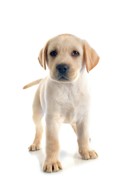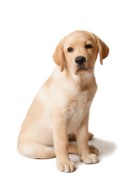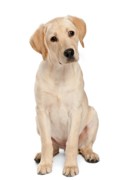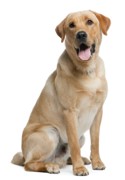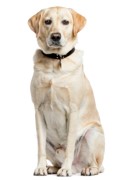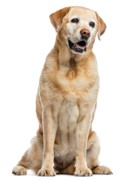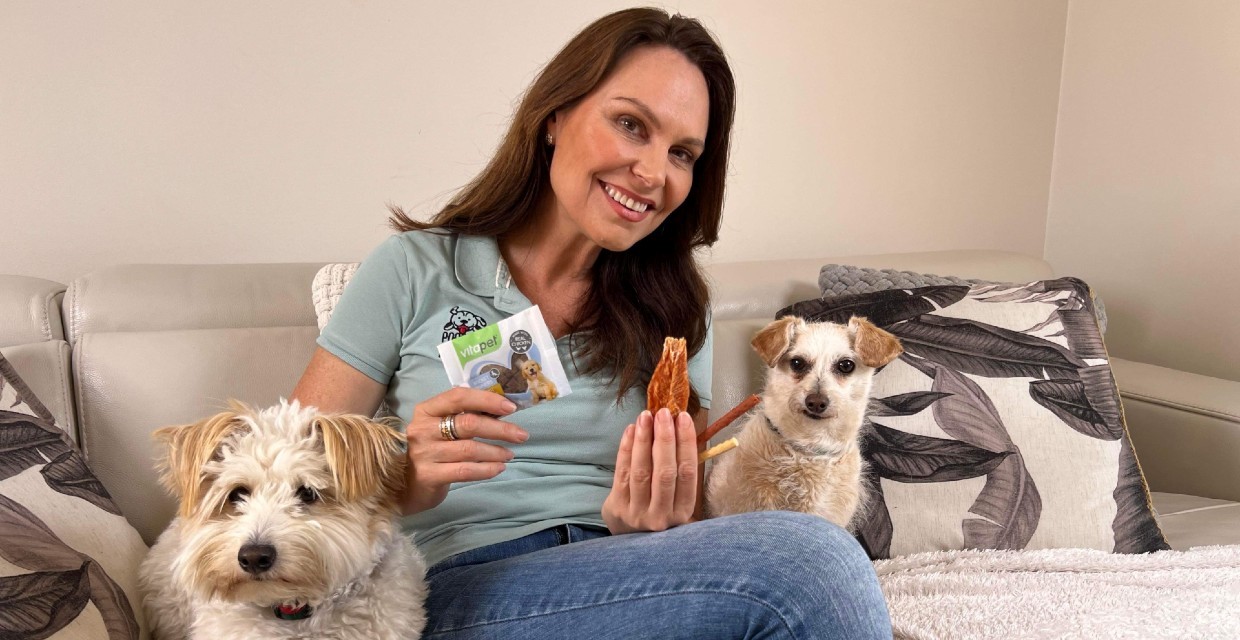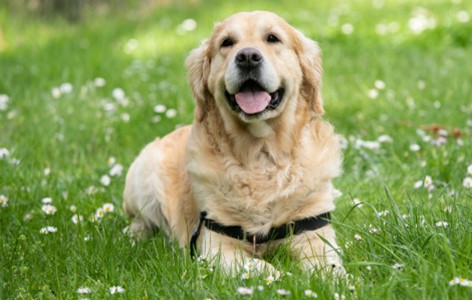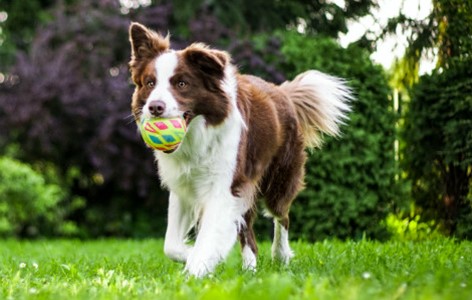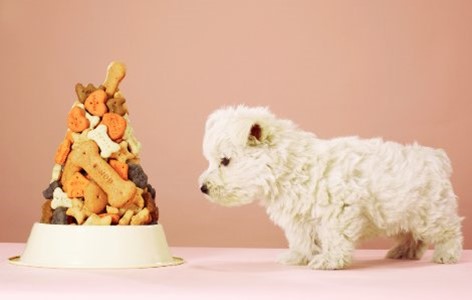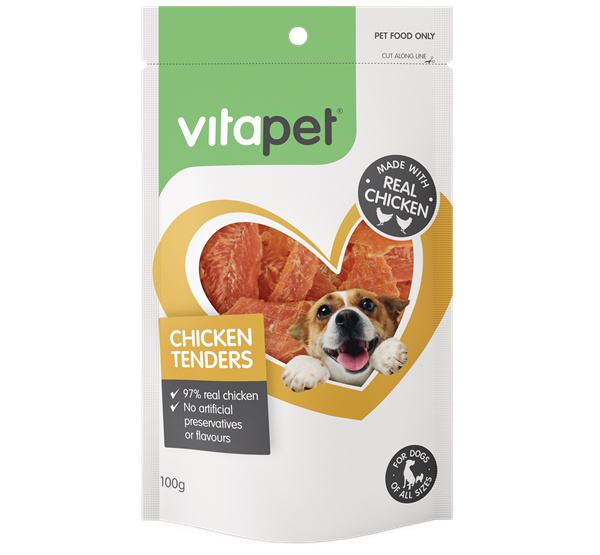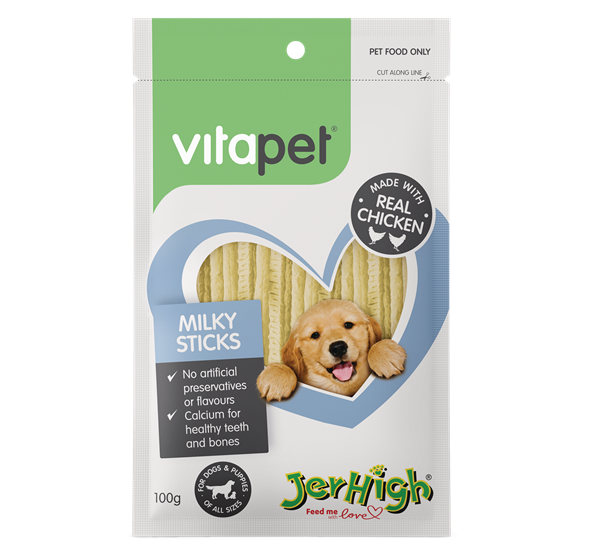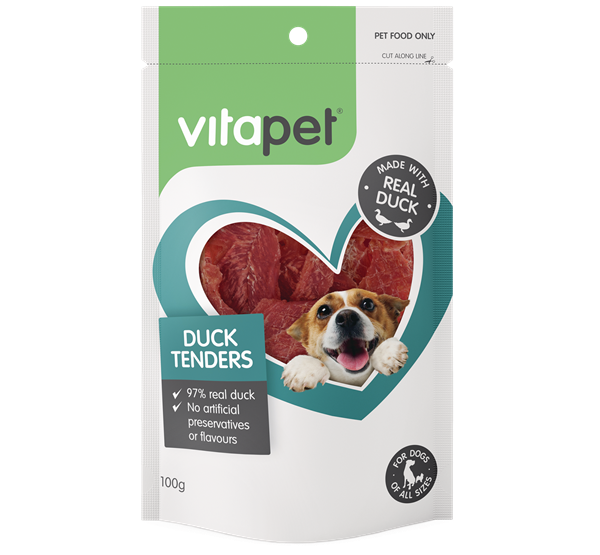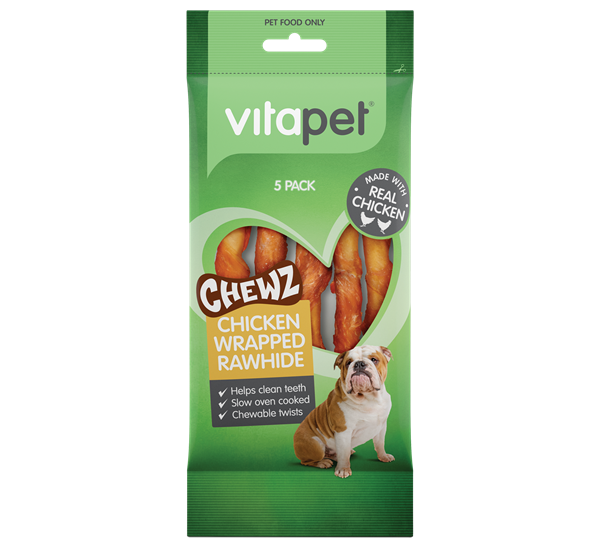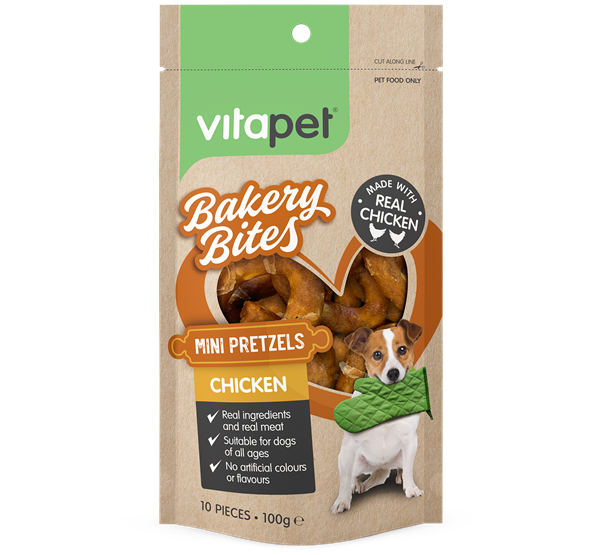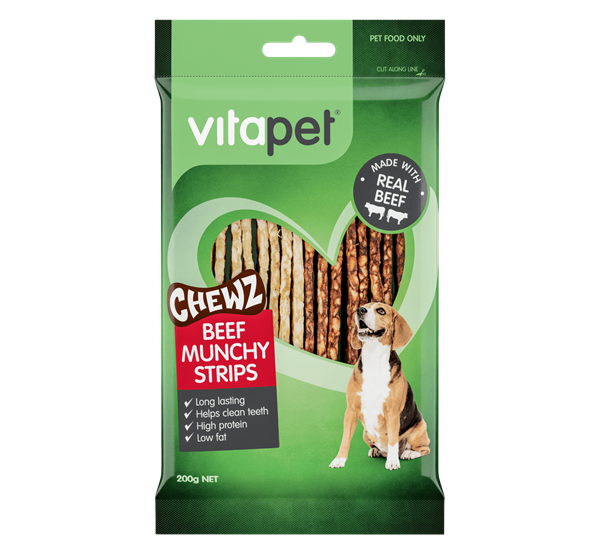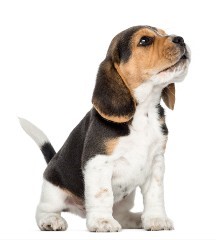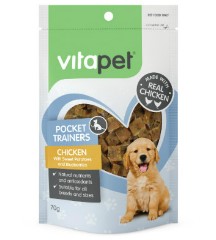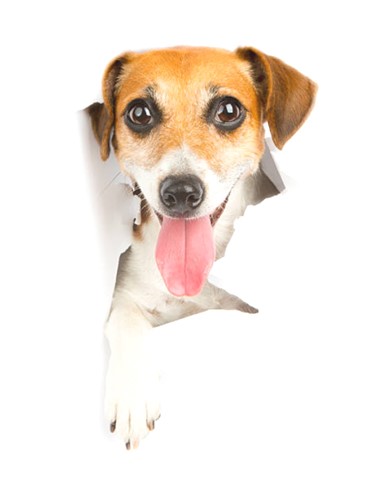The key to positive reinforcement dog training and behaviour modification is finding what motivates your dog the most to follow your instructions or perform a behaviour you are want from them faster, better, stronger.
For most dogs this is food or treats, but it can also be rewarding them with play, such as a game like tug-a-war, fetch or giving them their favourite toy, verbal praise or a pat or tummy rub at the moment they perform the action or behaviour you are after.
What motivates them the most however can change day to day, even hour to hour and minute by minute, so it’s important you pay attention to what they are responding most to at that time, so your positive reinforcement dog training has a greater chance of success.
Here's some tips for using food and treats in your positive reinforcement dog training.
Ditch the Bowl
If you feed your dog a kibble or a cooked roll and simply feed it to them every morning or night in a bowl, you are wasting a fantastic opportunity to instead use it as part of your positive reinforcement dog training.
Instead measure out their daily food intake and use it in training instead.
A hungry dog will perform better in their training if you are using their food or treats as the reward, and it is a great way to make them work for their food, keeping their brains and bodies active like they would be in the wild when foraging for their food.
Treat Hierarchy
If using good and treats in your positive reinforcement dog training, it’s very useful to have a hierarchy of treats available so you can use it to improve your dog’s response and make it more reliable, faster or more accurate.
For example, you might use small training treats like the VitaPet Pocket Trainers, as they’re easy to keep in your pocket and also use on your walks.
They’re also great if you’re working from home and you catch your dog doing a behaviour you’d like to encourage more of, as you can easily toss them one even if you’re on a video conference call.
Jackpot Rewards
If you’re at the park and your dog is a distance away or easily distracted, squeak a ball or toy to get their attention and then call them over to you. Some dogs will be motivated enough by just the ball or toy to return but, if you are still working on their recall, you can use treats like the VitaPet Milky Sticks or Chicken Sticks as the ‘jackpot’ to reward a particularly quick return and to encourage constant improvement.
For dogs that might need a bit more motivation, or if you are wanting to polish their performance even further, it is useful to have a hierarchy of treats on hand with a really high value food or treat.
With most dogs you can’t go past chicken so the VitaPet Chicken Tenders broken up are great to keep in your pocket and use when your dog does something particularly well.
And, they don’t say “Winner Winner Chicken Dinner” for nothing, so using roast chicken as the ultimate jackpot is sure to keep your dog on their toes… well there paws actually.
Treat Responsibly
Remember if using treats in your positive reinforcement dog training, they shouldn’t account for any more than 10% of your dog’s required total calorie intake each day.
Vary the Reward
Do vary it and use praise, games and toys as well when you can, to keep your dog engaged and guessing what’s worth performing for next.
Check out the full range of VitaPet dog treats here.
You can see more training tips on Lara Shannon's website here, and don't forget to tune in to Pooches at Play TV show that airs on Channel 10.





